Nepal is a country of contrasts. Trekking in Nepal is a surreal experience of encountering authentic Nepal on foot. Away from the crowd, skyscraping beauty, and the internet lies a connection between us humans and nature that never fails. Trekking is not just about the walks; it’s about the physical and mental presence, empathy, and appreciation. If you believe in the power of healing, trekking along the trails will make you believe in the power of wholeness.
Trekking in Nepal is a point of interest for people seeking adventure, mountaineers, canoeists, and rock climbers. Trekking has been on the bucket list of domestic and international adventure lovers for a long time now.
Colonel James Roberts showed tourists’ love for trekking in the glorious Himalayas for commercial trekking in the mid-60s. This is where trekking in Nepal started commercially and became famous all around the world within a few decades.
Nepal’s trekking trails, such as Everest Base Camp Trekking Guide, Annapurna Circuit Trek, Annapurna Base Camp Trek, and many more, are among the top 10 best trekking destinations in the world. Many popular travel websites, like Lonely Planet, TripAdvisor, Conde Traveler, National Geographic Travel, etc., also featured Nepal’s EBC trek as one of the best trekking destinations in the world.
Every year, people visit Nepal for its mountains, but is it just that? Or there is more to that with trekking in Nepal. If your friends ever ask you to go trekking, immediately pack a bag for a flight to Nepal. You will feel bigger than life.
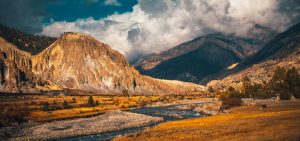
Clouds after the sunset over the mountains
Table of Contents
Third Pole / Highest Mountains in the World
The geographers also refer to the Himalayan mountains as the “Third Pole.”. Being the source of major rivers and tributaries on the Asian continent, these mountains help regulate the planet’s climate. The melting of snow originates from the mountain rivers in the Himalayas. While you are on the trekking trails in Nepal, you get to see the most amazing, fast-flowing rivers and streams.
Trekking in Nepal upholds you in witnessing the roof of the world, “Mount Everest,” standing 8,848.86 meters tall. The Himalayan range in Nepal has 8 out of 10 highest mountains in the world above 8,000 meters itself. These lifetime experiences providing mountains include Mt. Everest (8848.86 M), Mt. Kanchenjunga (8598 M), the Third Highest Mountain, Lhotse (8,516 M), Makalu (8,463 M), Cho Oyu (8,201 M), Dhaulagiri (8,167 M), Manaslu (8,163 M), and Annapurna I (8,091 M).
Mythology and Religious Values
Do you know? The mountains in the Himalayan range have names in the local language. For example, Nepalese refer to Mt. Everest as “Sagarmatha” in Nepali, meaning ‘goddess of the sky, and “Chomolungma,” meaning goddess, mother of the world. For ages, the Himalayas have been significant to the peoples of South Asia, not just because they lie in five countries but because they reflect the history, mythologies, literature, culture, and religions.
According to Hindu mythology, Nepali people believe the god Hanuman brought “Sanjivani Buti,” which helped Laxman revive his narrow escape from death. There are many followers of Hinduism around the world who worship mountains. So, they come here every year to have a glimpse of these mighty mountains. Thus, the religious side of the mountains attracts a lot of visitors for trekking in the Himalayas from around the world.
Hindus also believe that Lord Shiva (scientifically considered the cosmic energy with no beginning, form, or end) and the one with the ‘Third eye’ live in this range. They even say that many sages meditated there for more than hundreds of years, and some even gained immortality as well. The Himalayan mountains have speculated on the gripping exchange of science, culture, and art forms. While you are trekking in Nepal, you may also notice different monasteries, caves, and ancient buildings in the Himalayas.
Birthplace of trekking itself
Modern trekking began with mountaineers going on expeditions in the regal mountains. The successful attention-seeking came after Sir Edmund Hillary and Tenzing Norgay Sherpa conquered Mt. Everest.
However, Nepalese have a long history of walking in this mountainous topography, as the country has the most rugged and difficult mountain terrain in the world. 75% of the total topography is mountainous in Nepal.
Besides, the charm of the mountains, be it for gaining a state of consciousness, writing the oldest religious texts, or just for the odyssey, short trekkings in Nepal have existed since time immeasurable in humankind. Hence, the mention of the success stories of the mountaineers in the international journal may have attracted voyagers throughout the world to trek in Nepal.
Favorable Weather for trekking
Spring is the ideal season to go trekking in Nepal. Because of the varied diversity of blossoming flora and temperate days, Nepal has favorable weather for participating in trekking. Hiking is equally worth taking along with trekking. The remote, pristine lakes, the biodiversity, and the religious places add beauty to the weather. The northern part of Nepal is popular for trekking, which includes cool summers and mild to severe winters. However, the extreme weather is not as deadly as many other weather extremes in the world. Every season in Nepal is favorable for some treks in Nepal. However, the spring and autumn seasons are still the best time to trek in Nepal.
While you trek, every 1000 m gain in altitude decreases by 6- degrees Celsius. However, Heaven Himalaya provides travelers with meteorological guidance. Also, they require a pass in areas where the situation can be harsh.
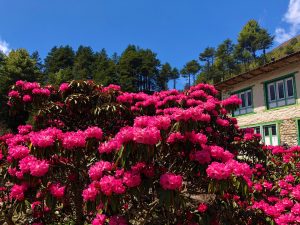
Rhododendron
Unique Flora and Fauna
There are many national parks in the mountainous area, such as Sagarmatha National Park, Manaslu National Park, and Kanchenjunga Conservation Area. These national parks and conservation areas are home to different flora and fauna. Trekking through these national parks allows you to encounter many rare birds and animals. Some of the extremely rare animals you may encounter while trekking in Nepal are the red panda, Snow leopard, Spiny Babbler, Himalayan Musk, etc. Likewise, the lush green hills and different varieties of rhododendrons will surely leave you spellbound.
The Himalayas are home to medicinal herbs that cure many incurable diseases through allopathy as well. Every year, a group of visitors come here just to study herbs.
Easy and Well-Established Trails
Trekking in Nepal brings the opportunity to bring mountains to the world. I often consider it one of the best tourist destinations for trekking. Hence, the tourism industry has flourished beautifully in Nepal. That’s why the government and non-government agencies have set the utility for the convenience of trekkers.
The popular beaten-path trekking routes are comparatively safe. If you want to go off the beaten path, agencies cater to you with an experienced trekking guide. The adventure tales can capture the beauty of the breathtaking sites along with the safety of their bodies. Some of the trekking routes are even possible to conquer on their own. Thus, there are many solo trekkers in the world. Likewise, there is a wide range of trekking trails, from easy to very strenuous ones. So, an absolute beginner can also go on a trek like the Mardi Himal Trek or the Ghorepani Trekking.

A trekker on the way to Annapurna
The flavor of Cultural Variety in the Trails
Trekking in Nepal is not limited to physical features; it is also a cultural celebration. Undoubtedly, the cultural tribes, indigenous groups, and religions following tribes are instances of unity in diversity. The socioeconomic conditions, lifestyles, festivals, dresses, etc. invite many tourists to Nepal, promoting cultural and religious tourism.
Sherpas, Tamangs, Tharus, Gurungs, etc. are some communities living in and around the trekking routes of Nepal. And the Tamang Heritage Trail trek takes you to the Tamang Community to learn about their lifestyle and culture. Majorly, people following Buddhism inhabit near-high mountains, while travelers can also witness Hindu culture on the way. The natural riches, along with the vibrant culture, are a treat for the heart.
Travelers love interacting with locals on the way to learn more mysterious things about the almighty mountains. These mountainous people have their own unique lifestyles and traditions. They are far away from today’s world. And it’s not wrong to say that the lifestyles and cultures of these mountainous people fascinate wanderers enough to visit Nepal again and again.
The hospitality of people in Nepal
Along with the comfortable accommodation, the wide, smiling, and welcoming people are the perks of traveling to see these trekking routes in Nepal. These simple people have been keepers of the mountains and the beautiful culture inherited by the generations. Trekking in Nepal is also popular because of the friendliest people in the world.
Nepal trekking can give you an incredible opportunity to experience the isolated Tibetan Kingdom. The government of Nepal only opened Upper Mustang to outsiders in 1992, keeping the Tibetan atmosphere alive. You can now trek to Upper Mustang with a special permit from the Nepali government.
On top of all, trekking in Nepal is so popular around the world because of the success stories of amazing travelers like you. Visit Nepal to create your own stories to tell the world.

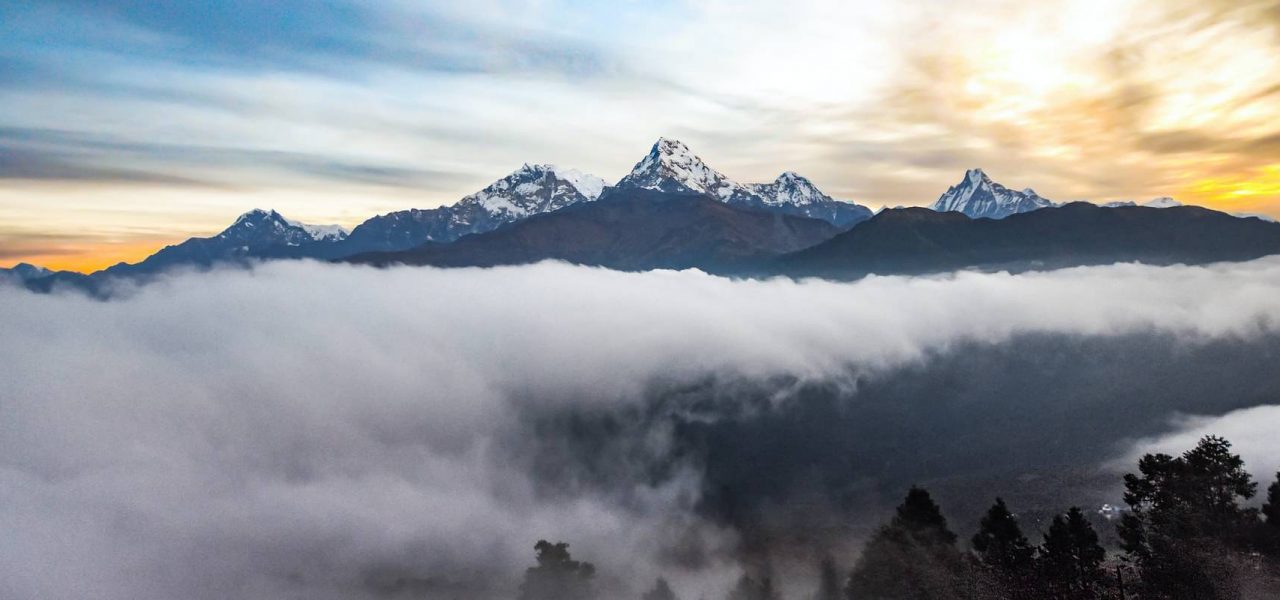

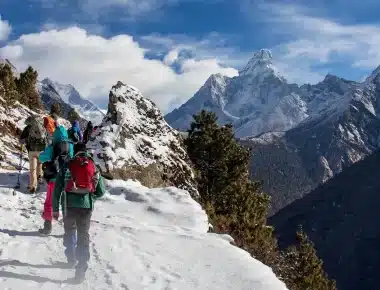
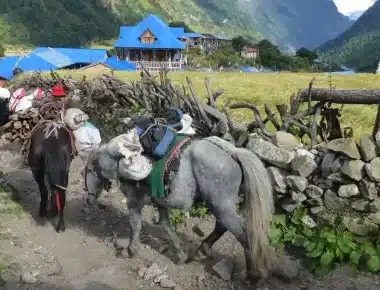
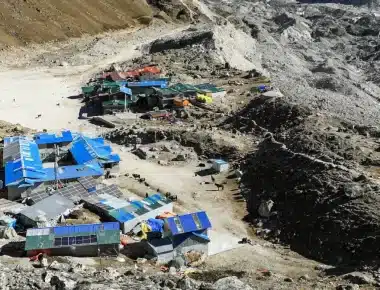
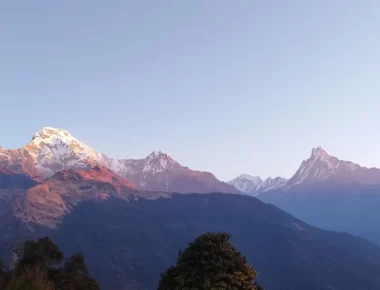

0 Comments